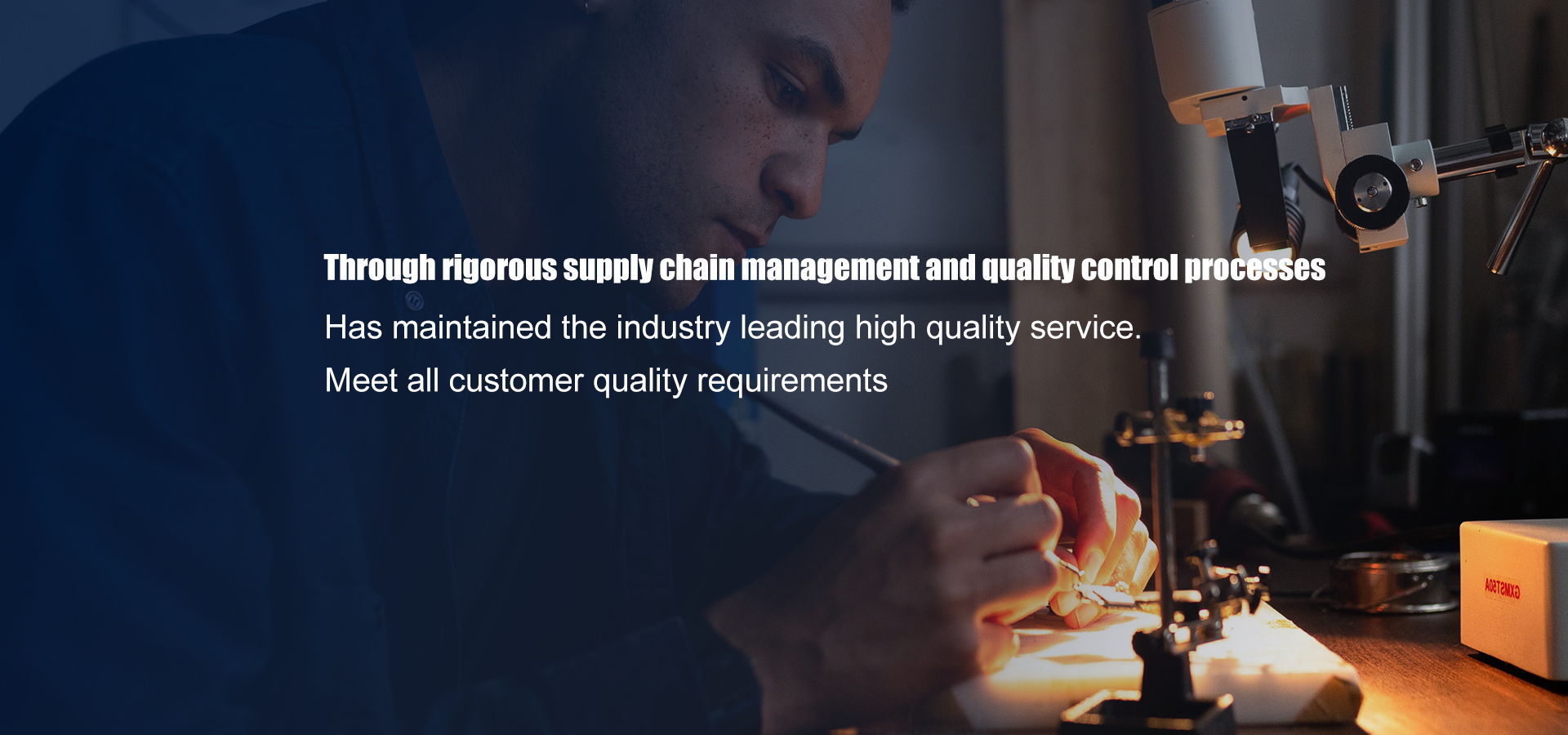

In the production of electronic products, the BOM (Bill of Materials) matching process is crucial. It affects product quality, performance, cost, and delivery time. While different companies may have variations, the basic steps are as follows.
1. Create the Initial BOM
Start with design requirements. Based on product specifications, list all needed components in the BOM. Include details like type, quantity, and specifications. For example, a smartphone BOM will list chip models, memory size, screen size, and resolution. An accurate BOM ensures smooth procurement.
2. Select Suppliers
Choose reliable suppliers for each component. Price matters, but so do reliability, availability, and delivery time. Unreliable suppliers can disrupt production. For example, when buying high-end chips, check if the supplier can deliver on time. Companies often evaluate suppliers carefully.
3. Identify Alternative Components
If a component is unavailable, find a matching alternative. Test the alternative to ensure it meets performance needs. For example, in car electronics, a replacement sensor must pass strict tests before use.
4. Get Quotes
Request quotes from suppliers. Quotes should include unit price, bulk pricing, and shipping costs. This helps calculate total costs. For example, bulk orders may get discounts.
5. Prepare the BOM Sheet
Organize all component details and costs into a clear BOM sheet. This helps procurement and finance teams. For example, the sheet lists part numbers, specs, prices, and quantities.
6. Review and Confirm
Check the BOM sheet carefully. Involve design and quality teams to confirm parts meet requirements. Only after approval can procurement proceed.
7. Purchase and Track
Place orders based on the approved BOM. Track delivery progress. If issues arise (e.g., delays or damaged goods), act quickly. For example, adjust timelines or find backup suppliers.
8. Update the BOM
If market conditions change (e.g., shortages or price shifts), update the BOM. Inform all teams. For example, if a part’s price rises, notify cost analysts and production teams.
9. Report and Record
Keep records of each step. Track supplier performance, prices, and delivery times. Use this data to improve future purchases. Records also help with audits.
The BOM matching process is complex and requires teamwork. While the steps above are common, companies should adjust based on their needs. Clear communication and careful planning ensure efficiency and accuracy.
About Us
GENIUNEIC is a leading electronics trading company and BOM sourcing service provider, committed to delivering high-performance, cost-effective electronic components and customized BOM services. We collaborate closely with top global chip manufacturers to offer the latest products and technical support. For inquiries or more information, please reach out.
Contact Us
Company Name: GENIUNEIC TECHNOLOGY
Website: https://www.geniuneic.com/
LinkedIn: https://www.linkedin.com/company/electronic-components-by-geniuneic


